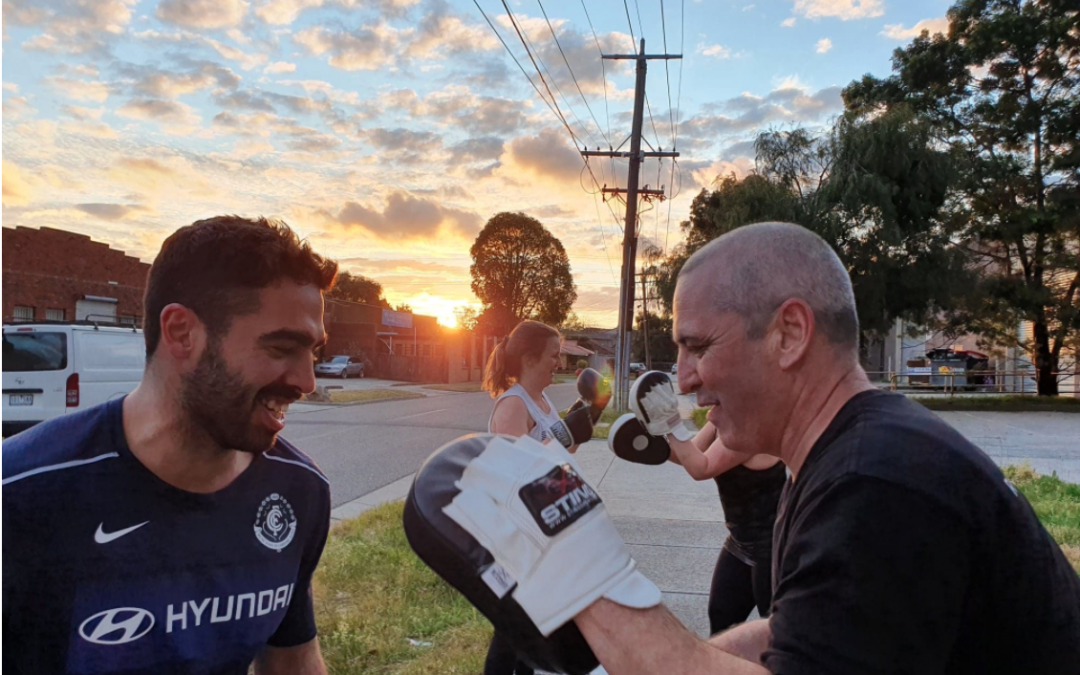The question we no doubt ask ourselves is this:Do I push myself or am I going to put my body under too much pressure?
I say….. TRAIN!!!!!!
Why?
Recent evidence has highlighted that, “training in the heat works on a similar principle to altitude training.”
HOW ALTITUDE TRAINING WORKS:
Attitude training works by the bodies ability to adapt and acclimatise to the restricted oxygen levels at high altitude. It increases red blood cell amount which means there is greater oxygen levels moving to the working muscles.
When you return to a normal altitude after a training phase at high altitude, the bodies physiology maintains an advantage as it has increased the total amount of red blood cells which carry haemoglobin (oxygen) to the working muscles.
Training in the heat results in similar adaptations to those of altitude. However, training in the heat actually occurs at a faster rate than hypoxia (restricted oxygen levels). The biggest benefit when using heat chambers as a training environment means that you don’t have to complete your training on a mountain.
Santiago Lorenzo, a professor of physiology at Lake Erie College of Osteopathic Medicine
states
“Heat acclimation provides more substantial environmental specific improvements in aerobic performance than altitude acclimation. We have also learnt that we adapt faster to heat chambers than we do to altitude restrictions.”
PHYSIOLOGICAL ADAPTATIONS IN HEAT:
- An increase in blood plasma volume (enhanced VO2 Max)
- An increased ability to perspire which allows the body to cool down the core temperature and thermo-regulate more efficiently.
- An increase in individuals ability to process lactate.
- An increased ability to dissipate heat from the body.
- Increased growth in the left ventricle which enhances the delivery of oxygen to the working muscles.
Any avid fitness goer or athlete would recognise that training in hot weather is obviously significantly harder than training at lower temperatures and can cause faster fatigue, light headedness and decreased performance.
So does it become a physical risk to train in the heat?
CONSIDERATIONS:
- It is ok to maintain the intensity, however decrease the total volume (time, sets and reps) completed in a training session. Use the heat as a method for your hard sessions – not for every session. Your body depletes a lot faster in the heat and therefore by training in a hot environment for an extended time can cause serious heat stress.
- Like altitude training it is all about acclimatisation. This means do not go out and run 42km in 40+ heat. Progressively overload your exposure to the heat and your program and training intensity.
- Do your low volume or recovery training sessions early in the morning. These are called recovery days for a reason – you don’t need the extra stress on the body during these sessions as well.
- Stay Hydrated with electrolytes throughout the whole training session and for a few hours after. Weigh yourself before and after an whatever the amount of weight you have lost, times that by 1.5L and that is what you need to replace.
- Not everyone responds to heat at the same rate or with the same physiological gains. Do not lose sight of the benefits of normal training. This can just give you an additional training stressor to develop an advantage.
TRAIN HARD BUT ALWAYS MAKE SURE YOU TRAIN SMART TOO

